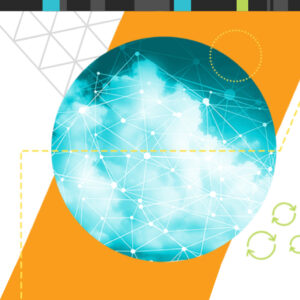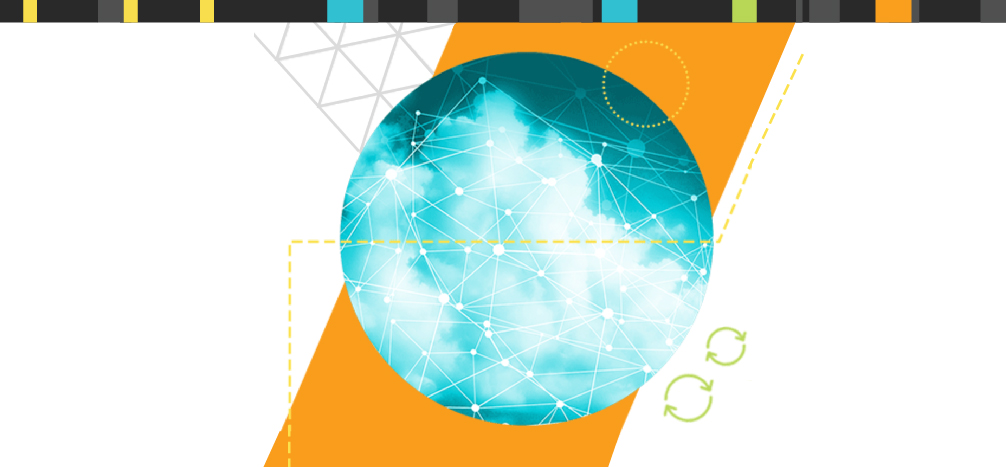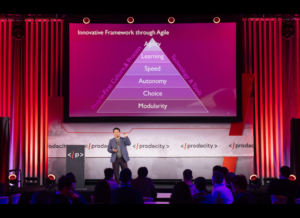One of the business consequences from the pandemic—increased remote working—is causing technology challenges across most industries, including the public sector.
The pandemic interrupted “business as usual” and caused a spike in the need to work remotely. As a result, applications organizations once took for granted consequently became mission critical. Now, as remote work has evolved into the new normal, custom apps must not falter—in fact, the demand for them to operate at an optimized level has never been more important because even a small performance degradation or outage could be disastrous.
How can agencies best cope with the increased demand for accessibility and visibility? Their IT teams must ensure applications work as expected and users can navigate the network seamlessly. Specifically, IT teams need to bulletproof their organizations’ applications and infrastructure to ensure nothing fails. Infrastructure monitoring has never been more vital.
To troubleshoot problems impacting users in a remote work environment, IT teams must prioritize IT monitoring across applications, databases, storage, and the network. Specifically, IT pros must:
- Ensure a frictionless experience for remote workers
- Troubleshoot applications and system access problems
- Plan for fluctuations in demand
Let’s take a closer look at how best to accomplish these goals.
 Ensuring a frictionless experience for remote workers
Ensuring a frictionless experience for remote workers
For the remote work experience to be truly frictionless, an agency’s applications and data must be as readily available—the same way they were when all workers were onsite. If they’re in the agency’s portfolio, encourage the use of cloud-based collaboration platforms, so the workforce can continue to communicate in real time and share work products easily.
Next, be sure to develop and maintain IT dashboards to actively monitor system, application, and network health and accessibility. The dashboard should quickly and easily identify areas of quantifiable improvement. As an example, matching the number of software licenses to actual users ensures the workforce can remain productive and your agency can contain costs.
Troubleshooting applications and system access problems
For better or worse, IT support team requests increase as work conditions change. This means the agency help desk support team must be adequately staffed to carry them through the increased workload; the last thing an agency needs is employee burnout.
By providing self-service options wherever possible, individual employees can resolve common requests on their own. And, since there’s still uncertainty around when the workforce will return to the office, ensure they can request support through multiple channels such as phone, email, dedicated support applications, and collaboration tools. A VPN service is also an option for personnel needing secure remote access.
Monitoring each component application and network segment’s performance will help determine whether challenges reported by the remote worker are local to the agency or as a result of a shortage of bandwidth at the employee’s end.
Planning for fluctuations in demand
Capacity planning is challenging during “normal times.” The pandemic has introduced new fluctuations in demand as workers shift to remote work or work on site as part of a skeleton crew. Agency IT pros have an opportunity to make use of the quiet time onsite by optimizing the network and computing environment and building in future capacity for the returning workforce.
The first step is to monitor the network and computing assets to develop a baseline of behavior. Next, review the aggregated log data to determine where bottlenecks currently exist and develop and implement an improvement plan. If a given timeline for purchase and implementation is greater than the agency’s tolerance for risk, consider whether the workload can be safely and quickly migrated to a cloud service provider or product offering. In addition to reducing the procurement cycle, a cloud offering may provide fast scaling that meets demand automatically.
Meeting mission requirements
Change is challenging for any organization. The pandemic has accelerated change faster than any IT pro could have anticipated. That said, there’s absolutely a way to continue with “business as usual”—ensuring the agency workforce can continue to meet mission requirements.
Visit our website for more information on key features of network performance monitoring.







